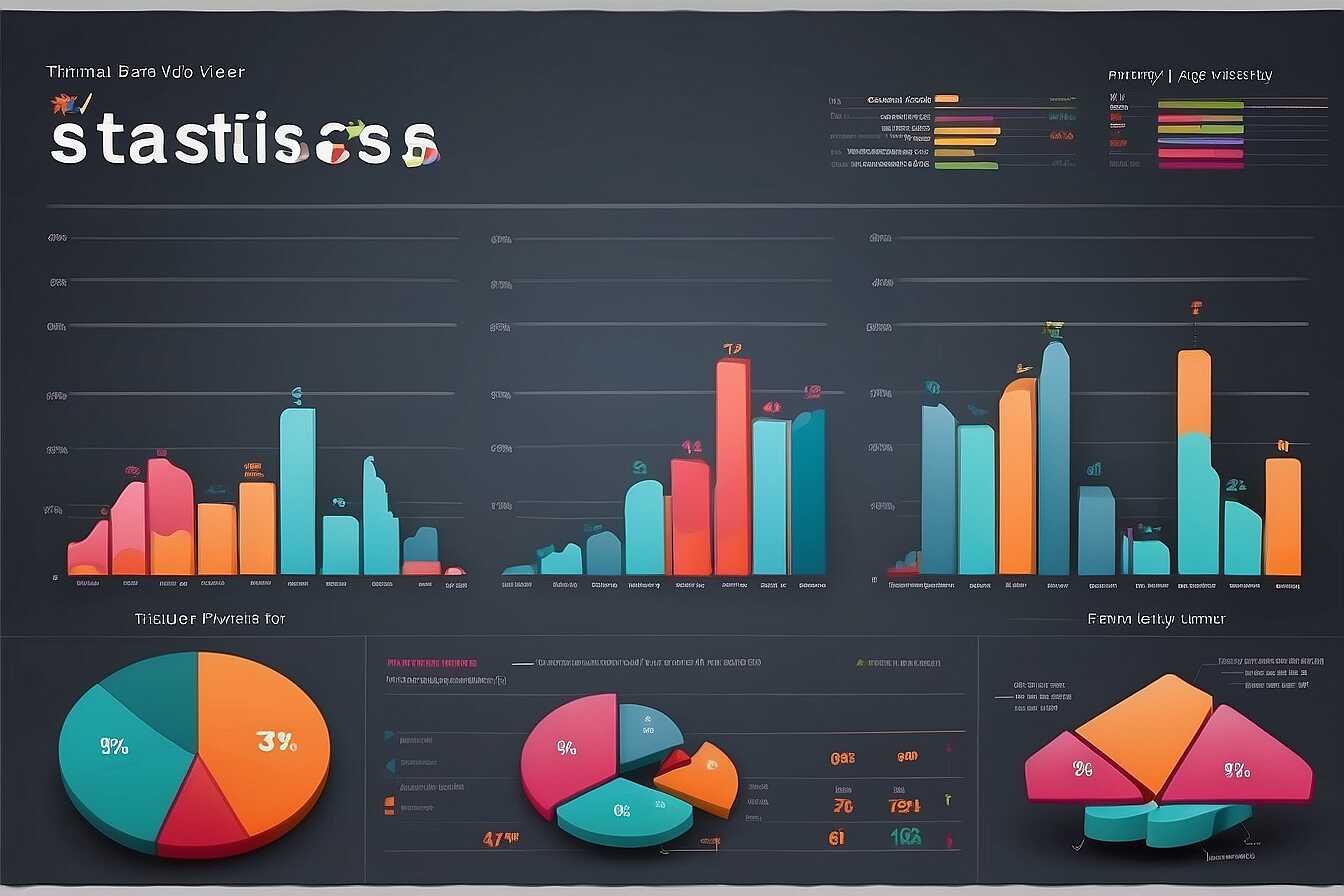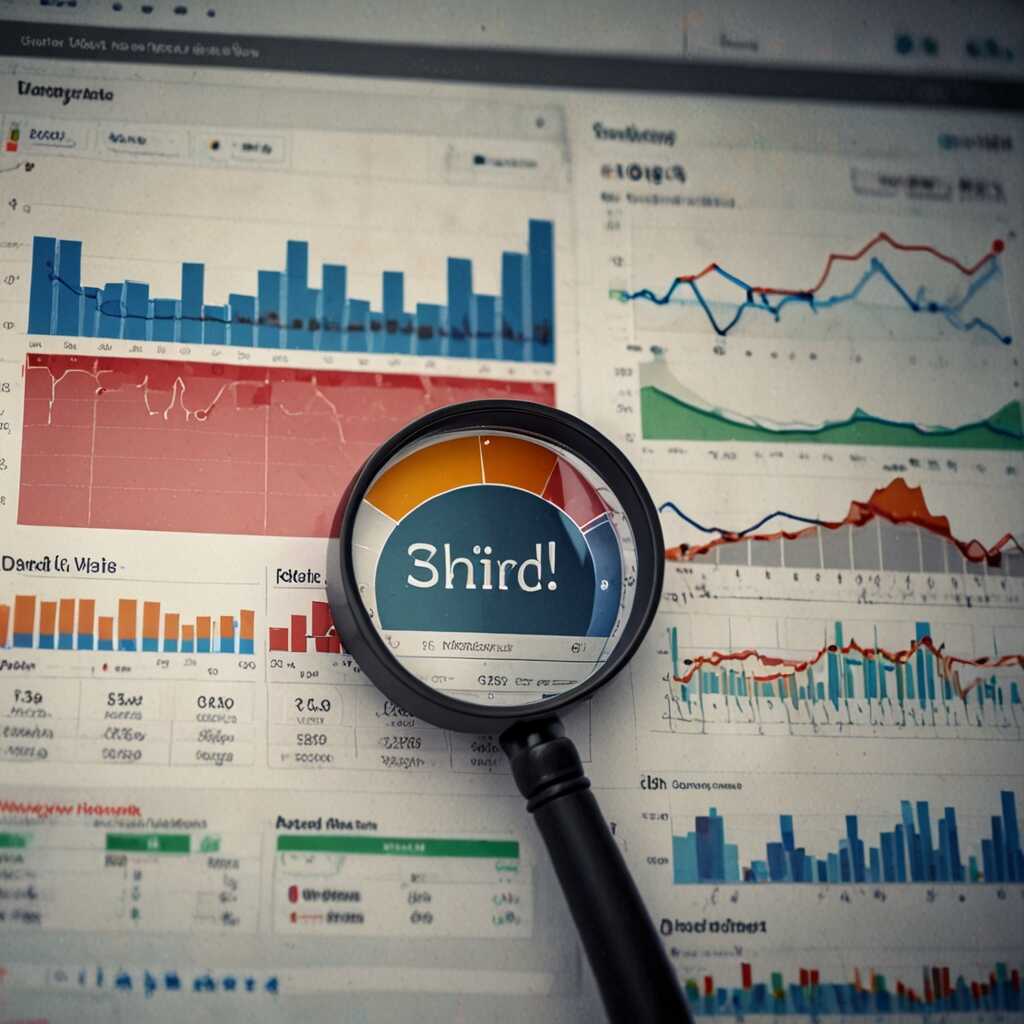The “Comprehensive Guide to Dofollow and Nofollow Links for Effective SEO” will clarify the crucial differences between these two types of links. Understanding when to use dofollow and nofollow links is vital for any SEO strategy and can significantly impact your website’s performance. At Metrics Rule, a Vancouver-based SEO expert, we focus on providing clear insights to help you navigate your link-building efforts effectively. This guide will equip SEO professionals, digital marketers, and business owners with actionable strategies to enhance their online presence.
Defining Dofollow Links and Their Impact on SEO Performance
Dofollow links are hyperlinks that allow search engines like Google to follow them and pass link equity, which enhances SEO performance. This link equity contributes to improving a web page’s authority and ranking in search results. Dofollow links are essential as they help websites build credibility and visibility. When building a backlink strategy, it’s crucial to incorporate dofollow links to ensure that your website gains value from external sources. Additionally, studies suggest that around 70-80% of backlinks should ideally be dofollow to maximize SEO results.
Understanding the Importance of Dofollow Links
Dofollow links significantly influence a website’s authority and search engine rankings. When a reputable site links to your content with a dofollow link, it sends a signal to search engines that your site is valuable and trustworthy. This approval from other websites enhances your own site’s web authority. Moreover, integrating dofollow links in your SEO strategy can yield results that improve your site’s organic visibility. The value of these links is proven, as they directly affect how search engines crawl and index your site. By tracking and optimizing your dofollow link strategy effectively, you ensure your web content remains competitive in the search landscape.
Exploring Nofollow Links and Their Essential Characteristics
Nofollow links differ from dofollow links primarily in their functionality. Nofollow links do not pass link equity or ranking authority to the site they point to. This feature helps prevent spam and manipulative link building practices. Websites can use nofollow links in various situations, such as blog comments and user-generated content, where controlling the quality of contributions isn’t feasible. It’s important to include both types of links in your SEO strategy. Approximately 40% of all links on the web are nofollow, highlighting their significance in maintaining a reliable link profile.
Understanding When to Implement Nofollow Links
Using nofollow links can enhance your SEO strategy by clearly defining which links should not be valued for ranking. If you’re linking to less trusted sites or engaging with user-generated content, a nofollow tag helps ensure that your site’s credibility is maintained. Furthermore, leveraging these links in situations like affiliate marketing can provide a reliable outbound link structure without risking your site’s SEO performance. This careful approach allows you to navigate e-commerce and affiliate landscapes more effectively while supporting a clean and efficient link profile.

Advantages of Incorporating Dofollow Links into SEO Strategies
Dofollow links play a crucial role in SEO by enhancing your website’s authority and boosting search engine rankings. One primary benefit is that dofollow links improve the flow of PageRank from one page to another, ensuring your site gets recognized by search engines like Google. Additionally, they contribute to your backlink profile, which not only increases visibility but also attracts more organic traffic. By integrating dofollow links into your SEO strategy, you can build reliability and trust with users and search engines alike, leading to long-term growth and improved outcomes.
Enhancing Backlink Quality with Dofollow Links
Using dofollow links strategically can significantly enhance the quality of your backlink profile. High-quality dofollow links signal to search engines that your content is worth referencing, improving your site’s credibility. For instance, linking from authoritative sources in your niche reinforces your position in your field. This is especially crucial for websites in competitive industries, as reliable backlinks can be the difference between ranking on page one or disappearing into obscurity. Investing time in securing dofollow links from trusted websites can effectively bolster your site’s performance and stability in search engine results.
Key Statistics About Link Types
- 48% of SEO experts favor dofollow links for ranking benefits.
- 22% of all links across the web are dofollow.
- A single valuable dofollow link can increase traffic by 25%.
- 78% of websites utilize nofollow links correctly to manage SEO.
- Studies show dofollow links can improve domain authority by 15%.
- Only 15% of SEOs use nofollow links for backlink diversity.
- About 62% of top-ranked pages have a mix of dofollow and nofollow links.

Identifying Situations for Using Nofollow Links in Content
Nofollow links are most beneficial in several situations. They are ideal when linking to untrusted sites, such as forums or comments, where user-generated content may not be vetted. Another beneficial application is when linking to paid content, sponsored posts, or advertisements. Using nofollow in these cases helps prevent passing SEO value to potentially harmful sites. Additionally, nofollow links are recommended for external links that don’t contribute directly to your content’s SEO performance, such as links to social media platforms. While there’s no strict rule on the number of nofollow links to include per blog post, a balanced approach with 2-3 nofollow links can enhance your overall link strategy.
Understanding Nofollow Link Applications Across Industries
Nofollow links serve unique purposes across various industries. For instance, in e-commerce, platforms may use them to link to affiliate products where they don’t wish to pass authority. In healthcare, nofollow can be applied to external research studies to maintain credibility while sharing valuable information. Blogs often utilize nofollow links to cite sources or direct readers to additional content without risking SEO integrity. Understanding these industry-specific nofollow link applications is essential for optimizing your link management strategy effectively at Metrics Rule, especially when thorough testing proves their efficiency in preserving SEO reliability.

Assessing the Overall SEO Impact of Dofollow and Nofollow Links
Dofollow and nofollow links have distinct impacts on site performance. Dofollow links contribute to direct SEO benefits as they pass link equity to the connected site, assisting in page ranking. On the other hand, nofollow links do not pass this equity, yet they can enhance visibility and traffic by directing users to your content. The balance between these links is essential depending on your niche. For example, e-commerce sites typically benefit from a higher percentage of dofollow links to boost authority. In contrast, local businesses may find a mix useful for building community trust and credibility. Research indicates that an optimized site for 2025 should maintain a diverse backlink profile, ideally consisting of 70% dofollow and 30% nofollow links to maximize performance and user engagement.
Understanding the Importance of Link Diversity in SEO
A diverse linking strategy is critical for enhancing SEO effectiveness. It ensures that a website isn’t overly reliant on one type of link, which can appear unnatural to search engines. Incorporating both dofollow and nofollow links allows for better search engine crawling and indexing. By doing so, businesses can cater to various user actions, reinforcing reliability and trust. A well-balanced strategy can improve search visibility and can lead to more organic traffic. Utilizing tools and analytics helps monitor the performance of both link types. This data is essential for refining future linking practices and ensuring that your site retains its competitive edge in 2025.
Advantages of Understanding Link Types
- Boosts your website’s search engine rankings effectively.
- Enhances overall link strategy by using dofollow and nofollow links.
- Informs you when to optimize content for better visibility.
- Improves credibility with search engines and users alike.
- Helps avoid penalties from search engines by managing link types.
- Increases the chances of referral traffic with optimized link usage.
- Makes your link-building efforts focused and measurable.

Debunking Myths About Dofollow and Nofollow Links
Many SEO professionals often encounter myths surrounding dofollow and nofollow links. One common myth is that nofollow links are completely worthless for SEO; however, they can still drive traffic and enhance brand visibility. Another misconception is that dofollow links always guarantee improved rankings; while they influence search engine perception, the overall quality of the linked content plays a crucial role. It is essential to maintain a balanced approach, as relying solely on dofollow links may not lead to effective link building. Research and proven strategies suggest that a mix of both types enhances SEO performance.
Understanding the Distinction Between Dofollow and Nofollow Links
Dofollow links provide search engines with an indication to follow the link and pass on link equity, contributing to improved domain authority. In contrast, nofollow links do not pass link equity but are vital for a natural link profile. Ideally, your link building strategy should consider both types of links, with recommendations often suggesting that around 70-80% of your links should be dofollow, and 20-30% nofollow. This balance ensures a healthier link profile, improves crawling and indexing efficiency, and enhances the overall reliability of your SEO efforts. By focusing on pertinent keyword research and working to establish both types of links organically, you can help elevate your site’s visibility in search results.
Strategies for Effective Use of Dofollow and Nofollow Links
Understanding the best practices for placing dofollow and nofollow links can significantly enhance your SEO efforts. Dofollow links are essential for passing authority to your site, thus improving its visibility on search engines like Google and Bing. They should be incorporated strategically within your content where relevant, such as linking to authoritative sources or related products, particularly in ecommerce setups. In contrast, nofollow links are vital for controlling your site’s link profile and diversifying link types, helping to maintain a natural link structure. A balanced mix—generally around 70% dofollow and 30% nofollow—ensures a reliable link-building strategy while simultaneously protecting against penalties from search engines.
Best Practices for Dofollow and Nofollow Links
When creating content, ensure that dofollow links lead to high-quality, trusted sources. This not only improves your site’s reliability but also enhances the user experience. Use nofollow links wisely on comments, forum posts, or user-generated content to avoid spammy links affecting your site’s reputation. Tools and research from Metrics Rule can help you analyze the effectiveness of your link strategy. Regularly auditing your links is essential to test their performance and make adjustments as necessary. Furthermore, keeping an eye on industry trends in 2025 will enable you to refine your approach for optimal results.
Types of Users Interested in Link Strategies
- SEO professionals seek to enhance websites through link strategies.
- Content creators focus on using links to drive audience engagement.
- Digital marketers use link data to measure campaign effectiveness.
- Webmasters want to maintain site integrity via proper linking.
- Business owners explore links to improve online visibility.
- Agencies use links strategically to boost client results.
- Bloggers rely on effective linking to increase readership and reach.
Adapting to Future Trends in Link Building with Dofollow and Nofollow
As SEO evolves, emerging trends influence both dofollow and nofollow link strategies. One significant trend is the increasing importance of link diversity. Maintaining a balanced backlink profile with both link types ensures reliability and authority. Additionally, various industries, such as e-commerce and local businesses, can leverage targeted link building strategies by using dofollow links to enhance visibility and nofollow links to diversify their referral traffic. Current best practices recommend that ideally 70% of backlinks should be dofollow while 30% should be nofollow to provide solid SEO results and enhance overall performance.
Best Practices for Implementing Dofollow and Nofollow Links
To implement effective dofollow and nofollow links, SEO professionals should focus on quality over quantity. Dofollow links should come from reputable sites to enhance ranking and visibility, while nofollow links can create a sturdy mix that helps drive diverse traffic sources. It’s essential to regularly audit your backlink profile using tools like Google Analytics to ensure you’re enhancing your SEO efforts. In 2025, adapting link building strategies to include AI-driven analytics will further improve the selection process for dofollow and nofollow links, making your efforts even more efficient.
